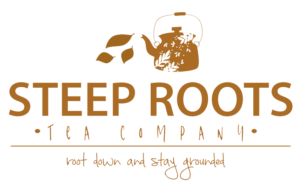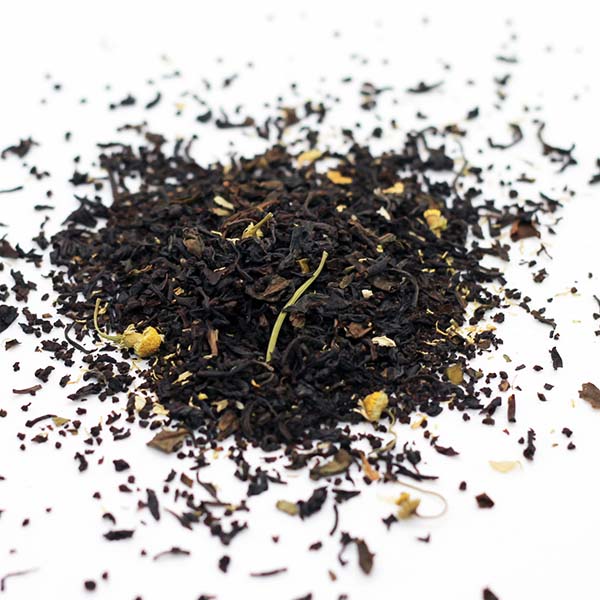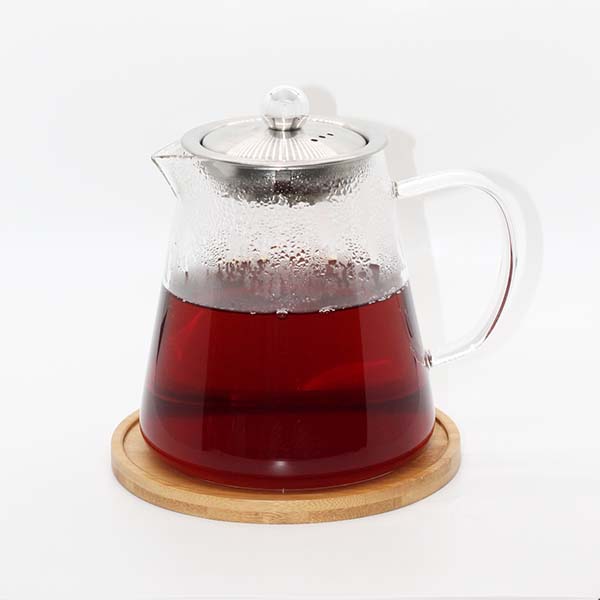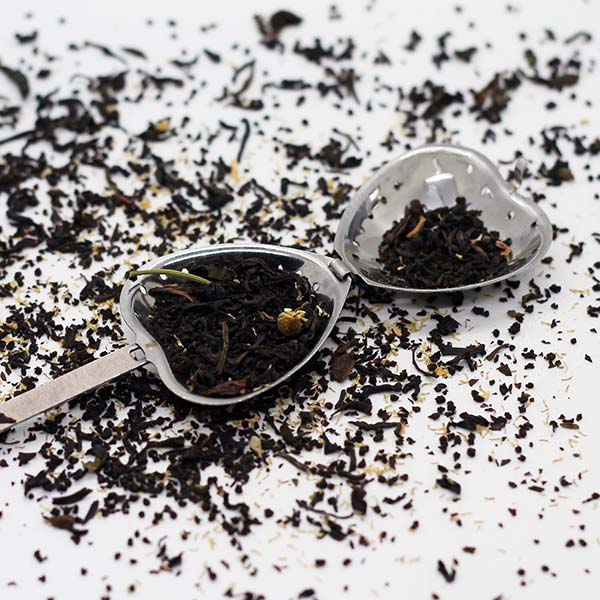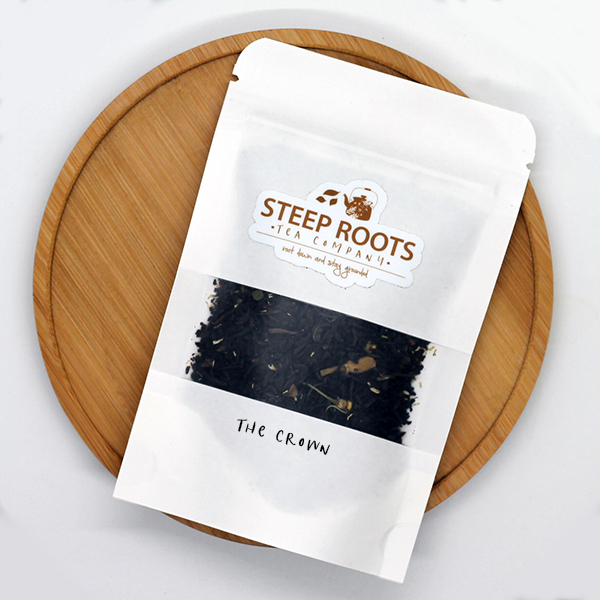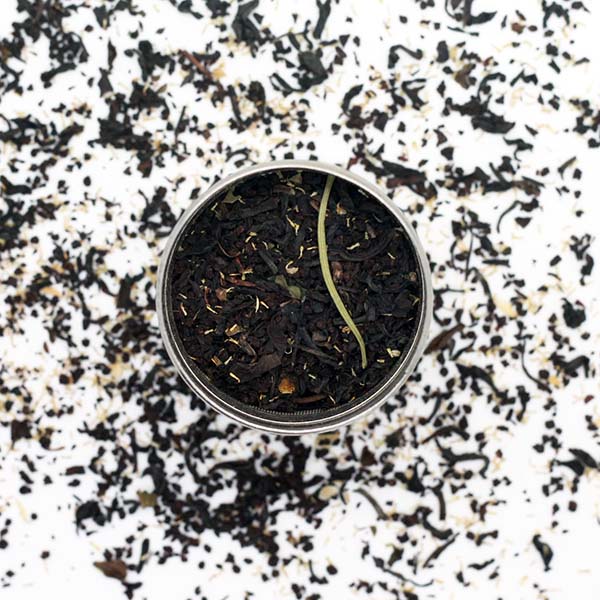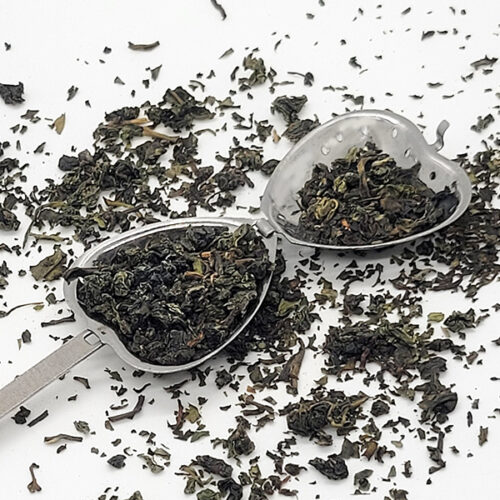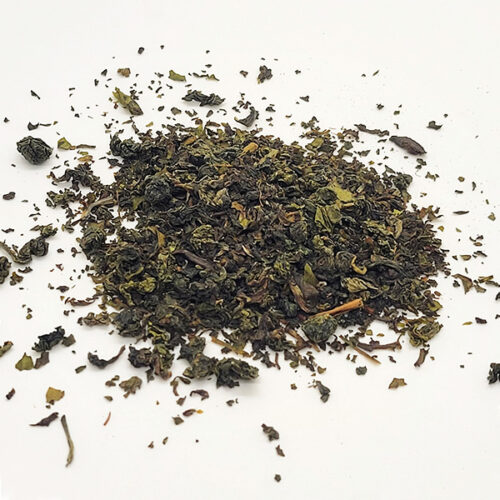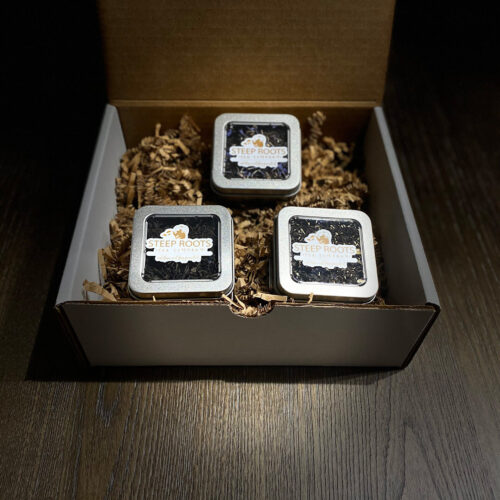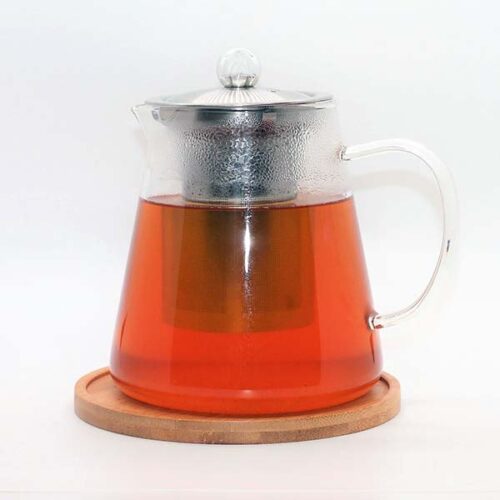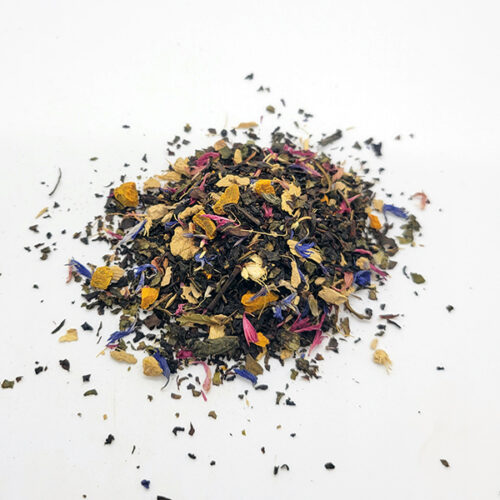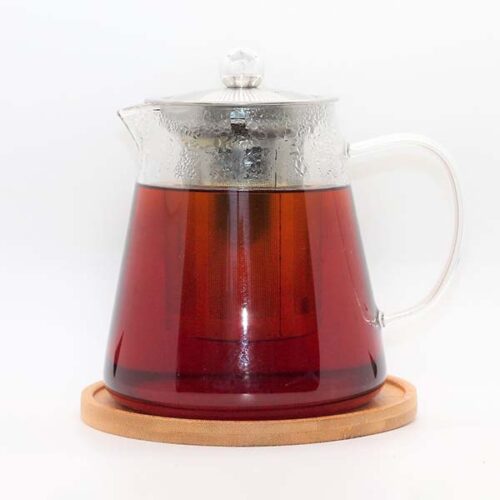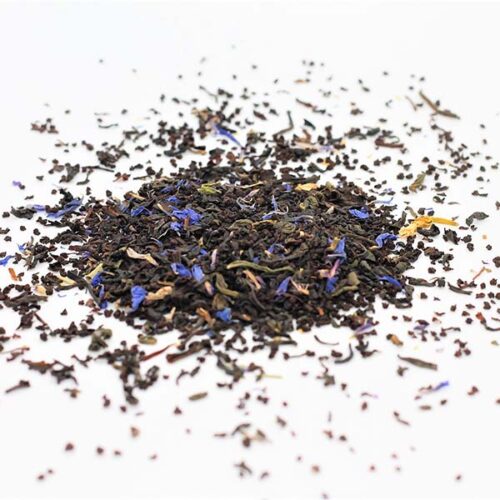Description
When Queen Elizabeth II received the news (whilst visiting Kenya and staying at Treetops Lodge) that her father King George IV had passed away, preparations immediately got underway for her coronation as the head of state for The British Empire. In the matters of protocol it was important that all details be considered – including the type of tea served. This blend represents the major tea growing regions within the British Empire of the day. 1. From Sri Lanka (formerly Ceylon): We have used teas from the Nuwara Eliya and Dimbula districts. Both districts are high elevation (above 5000 feet above sea level). These teas are marked with light bright liquors with delicate astringent flavor. The western part of Nuwara Eliyas peaks in quality during February as does Dimbula. 2. From India two district teas are used (Assam and Darjeeling). [India was not part of the British Empire in 1952, gaining its independence in 1948, but Indian teas formed the basis of virtually all English tea blends, so we would have been remiss not to include these in the blend.]. Top quality Assam tea is keynoted by gutsy and thick liquoring tending malty teas whereas Darjeeling tea is characterized by light liquor with a muscatel like character in the cup. Both districts peak in quality during June, (the 2nd flush season). 3. From Kenya (signifying Britain’s interests in East Africa) we have included tea from Tinderet a high grown estate in the Kericho district. Tinderet is characterized by golden coppery liquor and very flavory with a hint of maltiness. 4. From Egypt – signifying the importance of the Suez Canal to the world and Britain’s commitment to this area – we have used Nile Delta camomile. This adds an interesting appearance plus a honey like character that is unique. The final result is a delicious full flavored orange pekoe style tea with hints of honey and no doubt served with great fanfare and distinction at the coronation of Queen Elizabeth II.
Antioxidant level:MEDIUM
Ingredients: Black tea, Camomile blossoms.
